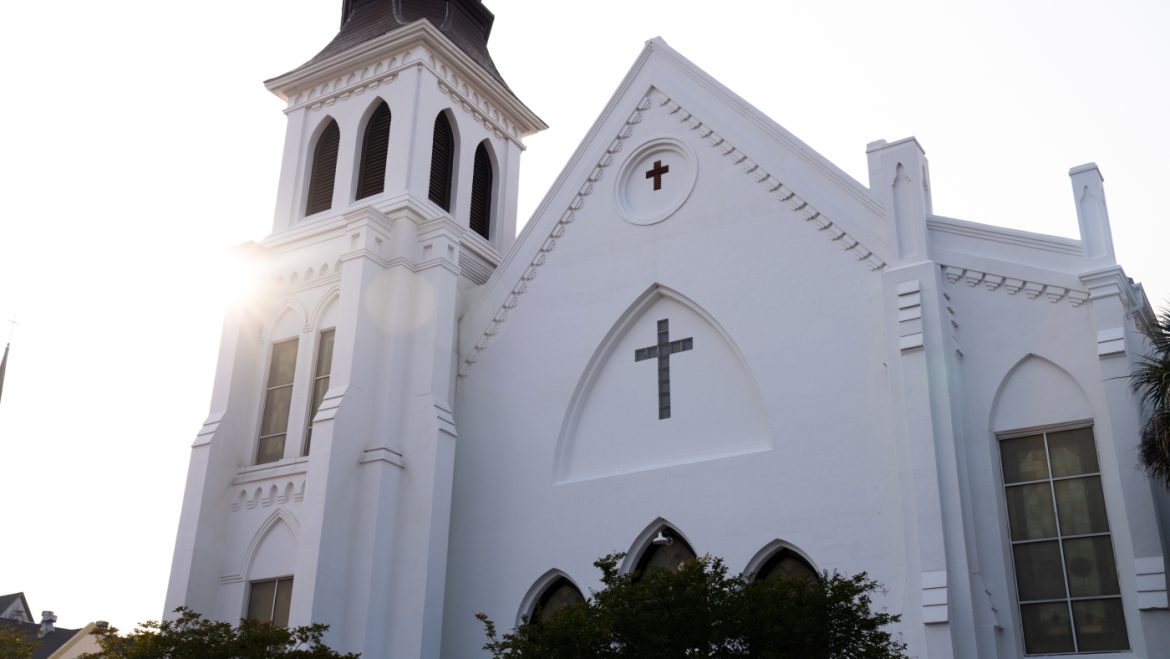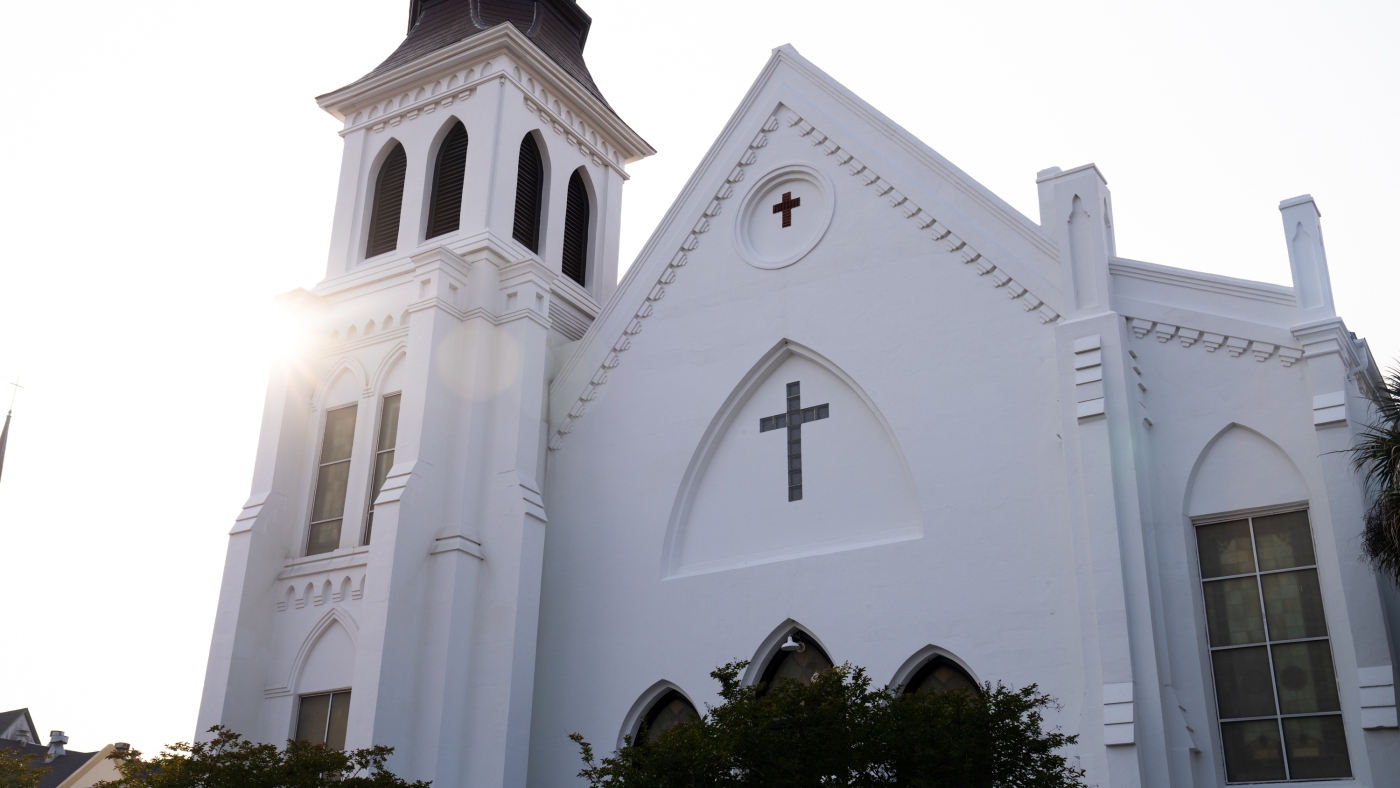The recent shooting incident in Minnesota, involving the targeted killing of Democratic state lawmakers, has triggered a significant law enforcement response and public discourse. Concurrently, the event unfolded alongside other politically charged activities, notably the 250th-anniversary military parade in Washington, D.C., presided over by former President Donald Trump, and nationwide “No Kings” protests. This report synthesizes the factual developments concerning the Minnesota shootings, the capture of the suspect, Vance Luther Boelter, and reflects on broader political undercurrents, including the military parade and protest movements.
The Minnesota Shooting and Manhunt: A Targeted Political Attack
On June 15, 2025, authorities confirmed the arrest of Vance Luther Boelter, a 57-year-old man charged with the murder of Minnesota Democratic state lawmaker Melissa Hortman and her husband. The incident shocked the state and underscored the dangers of politically motivated violence. Law enforcement described the attack as “targeted,” mentioning that Boelter posed as a police officer during the shootings—a tactic that adds a disturbing layer of premeditation.
The scope of the manhunt for Boelter was described as the largest in Minnesota history, involving coordination between state and local police, SWAT teams, and K-9 units across multiple counties. This intensive pursuit culminated in Boelter’s capture near his farm in Green Isle, located in Sibley County, after hiding in nearby woods. The arrest brought relief to a region gripped by fear and uncertainty.
Investigative Findings and Motive
Authorities discovered a list containing names and addresses of other public officials in a vehicle Boelter had left at the scene of the shootings. While police have not disclosed the motive behind Boelter’s actions, the presence of this list strongly suggests a broader intent to target political figures, possibly fueled by extreme ideological motives.
Interestingly, police found “No Kings” flyers in Boelter’s vehicle. Although investigators stated that Boelter had no direct affiliations with the “No Kings” protests that occurred nationwide against President Trump’s policies, the symbolic presence of these materials signals some form of anti-establishment or anti-authoritarian sentiment. This raises questions about the suspect’s political views and mental state that may have contributed to the attack.
Political and Social Context: Trump’s Military Parade and Protests
Coinciding with the Minnesota tragedy, Washington, D.C. hosted a large-scale military parade commemorating the U.S. Army’s 250th anniversary on June 14, 2025, organized under former President Donald Trump’s leadership. Despite the event’s pomp and pageantry, the parade suffered from sparse attendance and reported logistical confusion, detracting from its intended grandeur.
The military parade was also set against the backdrop of the “No Kings” protests, which mobilized thousands across the nation to voice dissent toward Trump’s administration and its policies. The juxtaposition of these demonstrations with the parade and the violent events in Minnesota paints a complex and polarized picture of contemporary American politics, highlighting fractures along ideological lines.
Implications and Public Response
The assassination of public officials, particularly those engaged in democratic governance, resonates beyond local tragedy and strikes at the foundation of political stability. The targeted nature of the shootings amplifies concerns about increased political violence and the radicalization of individuals towards extremist acts.
The broad law enforcement mobilization to apprehend Boelter reflects the gravity with which the state and federal agencies are approaching politically motivated crimes. The discovery of additional threatened individuals on Boelter’s list has likely heightened security measures for public officials statewide and nationally.
The political climate—embodied by the military parade’s ambivalent reception and the intensity of protests—underscores a national environment fraught with tension. Citizens appear divided on both domestic policy and leadership direction, and such conflicts can sometimes manifest in violent outbursts.
Looking Ahead: Lessons and Vigilance
The Minnesota shootings serve as a somber reminder of the risks facing public servants and the fragility of civil discourse amid partisan polarization. While the suspect remains in custody and investigations continue, it is crucial for communities and governments to monitor for similar threats and to foster resilience against political extremism.
Simultaneously, the mixed public reactions to the military parade and protests signify an engaged but fractured public sphere. These events illustrate the need for renewed dialogue about national identity, the role of government, and the peaceful channeling of political dissent.
—
Conclusion: A Call for Strengthening Democratic Norms Amid Division
The arrest of Vance Boelter following the murder of Minnesota lawmakers marks a grim milestone in recent American political violence. The incident, intertwined with broader national political dynamics—including the military parade and protest movements—reflects deep societal divisions and the dangers of escalating extremism.
This moment compels reflection on the societal conditions that permit such violence and the necessity for robust safeguarding of democratic institutions and public figures. As authorities and communities navigate the aftermath, the commitment to uphold civility, justice, and security becomes paramount in sustaining the democratic process in turbulent times.


